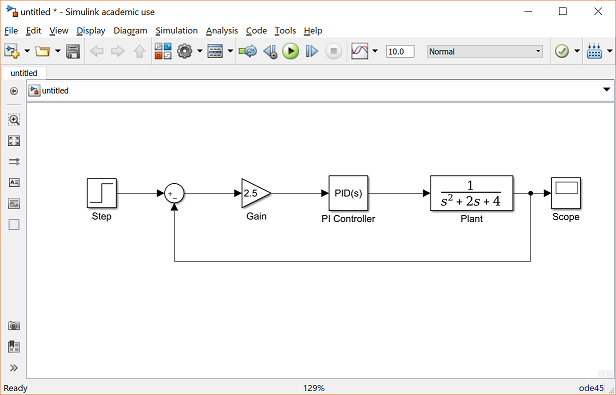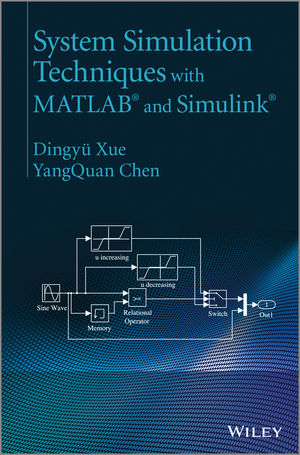

If we first think in terms of model fidelity for desktop simulation, then we typically see different levels of model fidelity coming in at different technology readiness levels. Assigning technology attributes to specific TRL numbers is typically done by the engineering teams working on the technology. But the scale does consistently follow key development attributes that you can see on the left here. In other words, one person's TRL 5 may be another person's TRL 6. The TRL scale is open to some interpretation. And TRL 9 is where you have proven and service technology.

TRL 1 is your eureka moment, where you have the initial idea and begin conducting basic research.

The technology readiness level scale, or TRL scale, was originally developed by NASA and quantifies the maturity of a given technology at a given stage of development. In this section, I will discuss the relationship between model fidelity and technology readiness. I have a number of variants I will discuss, ranging from a DC equivalence system to a system that incorporates thermal response with active cooling on the propulsion motor. I will then discuss the two-zone medium voltage DC shipboard power system in more detail. This is particularly important when considering real-time simulation. I will then give an overview of how we can use different sample times for different portions of a multi-domain physical system model. Next, I will introduce the Simscape Local Solver, how it's used, and how it relates to the Simulink Global Solver. This will help set some context on the choices we make from model fidelity in relation to where we are in our technology development cycle. I'll begin by discussing the relationship between model fidelity and technology readiness. As a result, simulation results in this presentation should be regarded as being representative, rather than providing an exact engineering match. While system architecture and physical parameters have been honored as closely as possible in the models I have developed, differences in the implementation of certain components and control algorithms is to be expected. You can go to the link shown here for more information. I would like to acknowledge that the models described in this presentation are based on information provided by the Electric Ship Research and Development Consortium. Throughout my presentation, I will use a worked example of a two-zone medium voltage DC shipboard power system. In this presentation, I would like to share some information on modeling and simulation of electric ship architectures, for both desktop and real-time simulation. My name is Graham Dudgeon, and I am principal product manager for electrical technology at MathWorks.


 0 kommentar(er)
0 kommentar(er)
